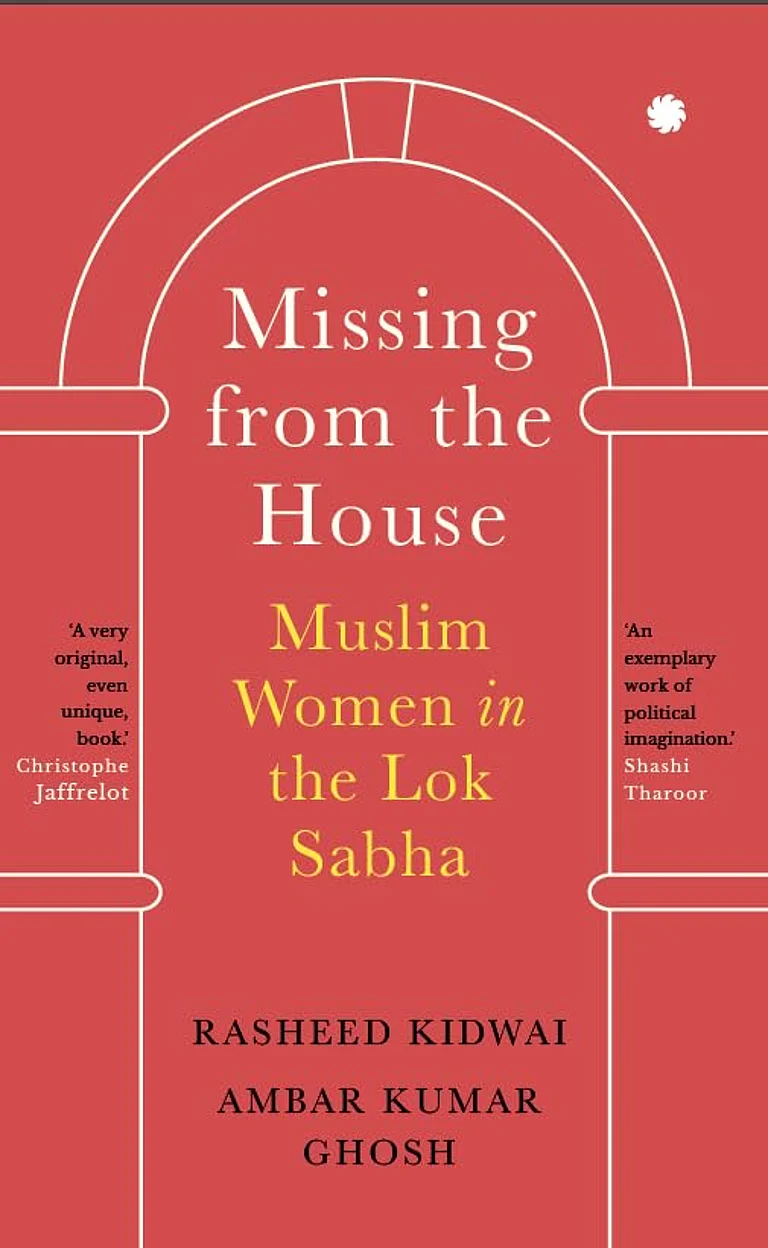A former wrestler from Sonipat, Haryana, Ankit Baiyanpuria, turned to social media to make fitness videos in 2022 after dislocating his shoulder in an injury. Since then, he has been an inspiration for many fitness enthusiasts because of his workout techniques and strict routine. His unique greeting “Ram, Ram Bhai Saryane” has helped him forge a deep connection with his audience. He shot to fame when he started a ‘75-day Hard Challenge’ inspired by Andy Frisella which focused on physical and mental well-being through discipline. However, the real turning point in his life was in August last year when he was seen in a video interacting with Prime Minister Narendra Modi.
As part of his 75-day challenge, Baiyanpuria participated in a campaign called ‘Shramdan for Cleanliness’ under the Bharatiya Janata Party’s (BJP) larger ‘Swachhata Hi Seva’ campaign. His video was shared on the PM’s official social media handles, doubling his followers overnight. Baiyanpuria now has more than 7.7 million followers on Instagram and over 3.7 million subscribers on YouTube. Not only was this a push for a local influencer like him, but the campaign also drew the attention of his audience to the ruling party’s strategies.
Over the past few years, political parties have shifted from traditional door-to-door campaigning methods and influencers have emerged as their big-ticket marketers. Through subtle ways and casual interviews, these social media personalities, who come from different walks of life and have made a name for themselves, act as an effective medium for the parties to percolate to the urban and rural spaces and reach the critical, persuadable vote bank — the youth.
In Rajasthan, ahead of the Assembly elections, the former Ashok Gehlot government had come up with a unique strategy to invite social media influencers with a significant following on YouTube, Facebook, Instagram, and Twitter to spread the message about its welfare schemes. The government had announced that it would award between Rs 10,000 and Rs 5 lakh to influencers if they propagated its schemes and programmes.
As India gears up for Lok Sabha elections this coming summer, influencers have once again taken the hot seat. From BJP to Congress and other regional political parties, several meet-ups have been organised with groups of influencers over the year to either co-opt them or keep them positive enough to promote their schemes and strategies.
It is no surprise that usage of the internet has deeply penetrated Indian society, especially with the proliferation of smartphones and cheap data — commonly known as the Jio effect. Fewer people are now dependent on newspapers and more people are getting updates from social media. According to the Telecom Regulation Authority of India (TRAI), internet subscribers increased in India to 918.19 million by the end of September 2023 with a quarterly growth rate of 2.50 per cent. Of these, as per a Forbes report, more than 67 per cent (data as of January 2023) were on at least one of the big social media platforms — Facebook, Twitter (X), Instagram and YouTube. More than 487 million people in India are on WhatsApp, its largest market in the world.
One of the most popular forms of content on all of these platforms is short videos or reels. “With the coming of reels, it has helped politicians create a heroic image of themselves. You would find a lot of politicians using reels to portray their larger-than-life image. Walking shots of Modi ji, for example, or his Hindu identity, his clothes, shots while praying or while meeting people, are few of the most liked and popular videos, same as what is captured for Rahul Gandhi during Bharat Jodo Yatra” says Hamraj Singh, the founder of Jansoch Political Consultancy.
The Age Of Influencers
Historically, Indian masses have been swayed by emotions. Before the digital age, politicians often campaigned with Bollywood actors and celebrities to draw a large audience. Even now, Akshay Kumar and Amitabh Bachchan are seen actively participating in BJP’s campaigns, while several non-mainstream celebrities and sports personalities are seen backing Congress. However, parties have also realised that to reach the masses, it is crucial to appeal to them on social media and through the people they follow there — the influencers.
Influencers have become the most effective means to create buzz about political issues and candidates. Not only do they engage with political figures to discuss hot topics but they are also invited to raise awareness on civic engagement drives, such as voter registration, polling, etc.
According to Dr Abir Chattopadhayay, a sociologist based out of Kolkata, social media plays a key role in influencing people’s mindsets. It is a “hyperreal platform” which detaches common people from their society. However, by means of engaging an influencer, politicians often try to get rid of the unforeseen complexities of their operational ground. “This is beneficial politics. In such a situation, the whole thing becomes monolithic, that is, they are trying to get wild popularity with no such intellectual attachment,” says Chattopadhayay.
He adds, “These are symbolic exchanges, rather than actual interviews. And politicians are getting planned questions, with predestined outcomes…They are not so risky and very flowery.”
Social media thrives on the virality of content and its reach — of how many views, likes and subscribers one post or video has achieved. “When it comes to YouTube or similar platforms, the exact count is available of how many people have watched your show, as opposed to TV channels or print. That is why politicians have realised the importance of giving such interviews (with influencers) on these social media platforms,” says Singh, whose firm was behind Congress’ Himachal Pradesh campaign for the last Assembly elections.
When asked if influencers are replacing the space traditionally occupied by journalists, he says, “They (influencers) never said that they are producing news or that they are objectively questioning the politicians they are interviewing. Questions are usually prepared in a way that benefits both parties – the interviewer and the interviewee."
Over the years, influencers have pioneered the digitisation of human communication and explored new possibilities of consumption behaviour. They have emerged as opinion leaders with a critical impact on children and teenagers. This was also reflected in a study conducted in Britain where nearly a fifth of the children said “influencer” was their dream profession.
Influencers make use of endorsements and product placements to monetise the content they produce. They also enjoy a boost in engagement by featuring politicians or political content. But while sharing their self-produced details and opinions with their follower base, sometimes in millions, they tend to oscillate between authenticity and commercialisation, which often raises the debate of integrity. Analysts have also raised concerns about the lack of transparency about how political parties secure publicity from influencers. Common people often do not realise how they are being "influenced".
With the lack of regulations and social media platform policies around political content from influencers, the question remains: by means of entertainment, can influencers sideline the responsibility of a public telecast?
“Influencers are not accountable to keep the journalistic standards during their interview. I believe in India digital penetration has happened at a much faster pace than digital literacy, the problem lies here and no one is talking about it. Therefore distinction between what is factual and what is fabricated has become blurred and this trend is increasing,” Singh says.
By leveraging influencers, political parties have been able to tap into a powerful tool to reach the Indian masses. However, the real issue, as Chattopadhyay says, is of projection. The audience is bombarded with so much content that it is rarely the merit that influences them. “Common people usually get baffled by seeing that they are getting so much reach and views. It does not mean that they are reading into the content. And they (influencers) don’t hold any institutional responsibility or any moral obligation,” he says.


























